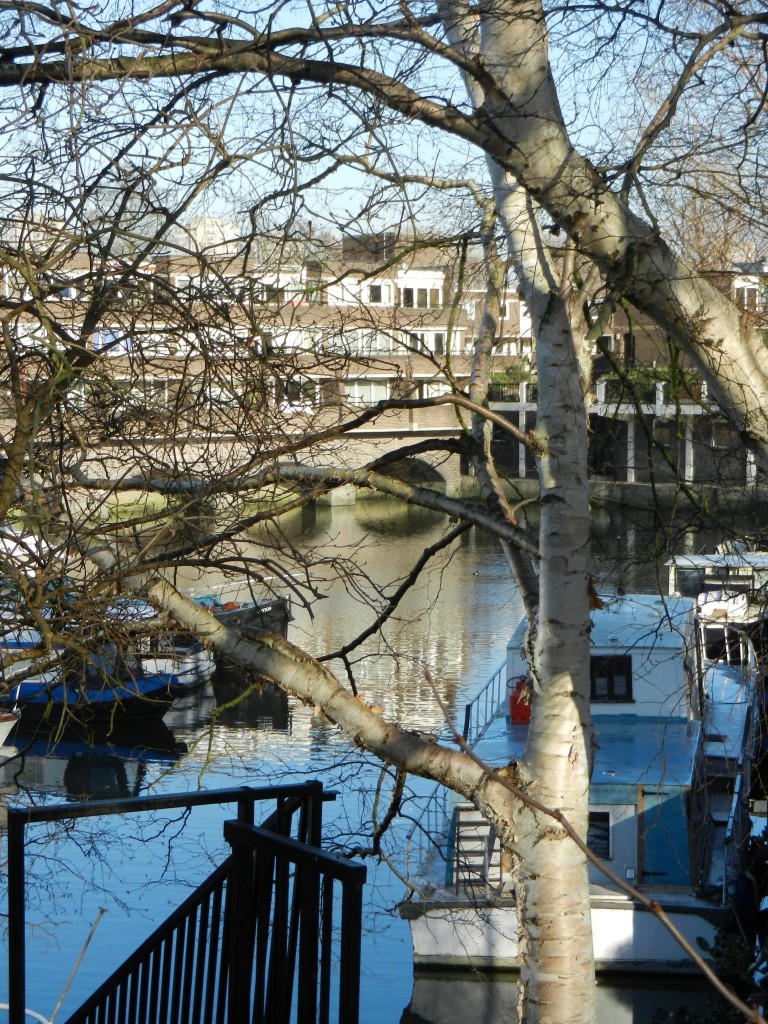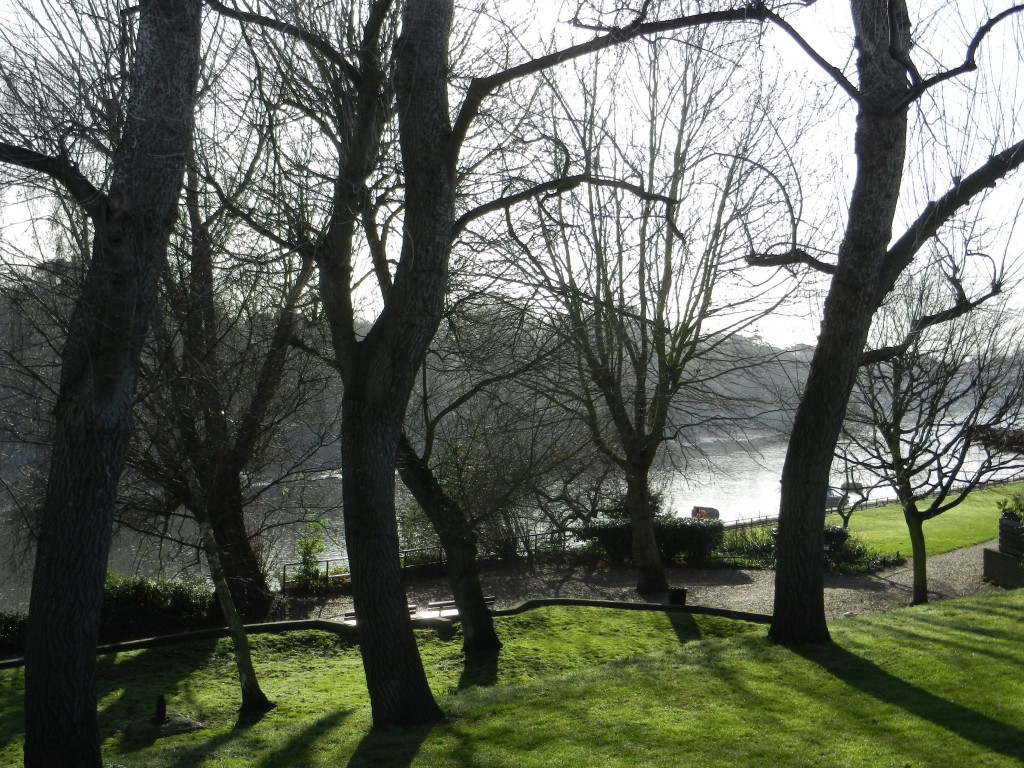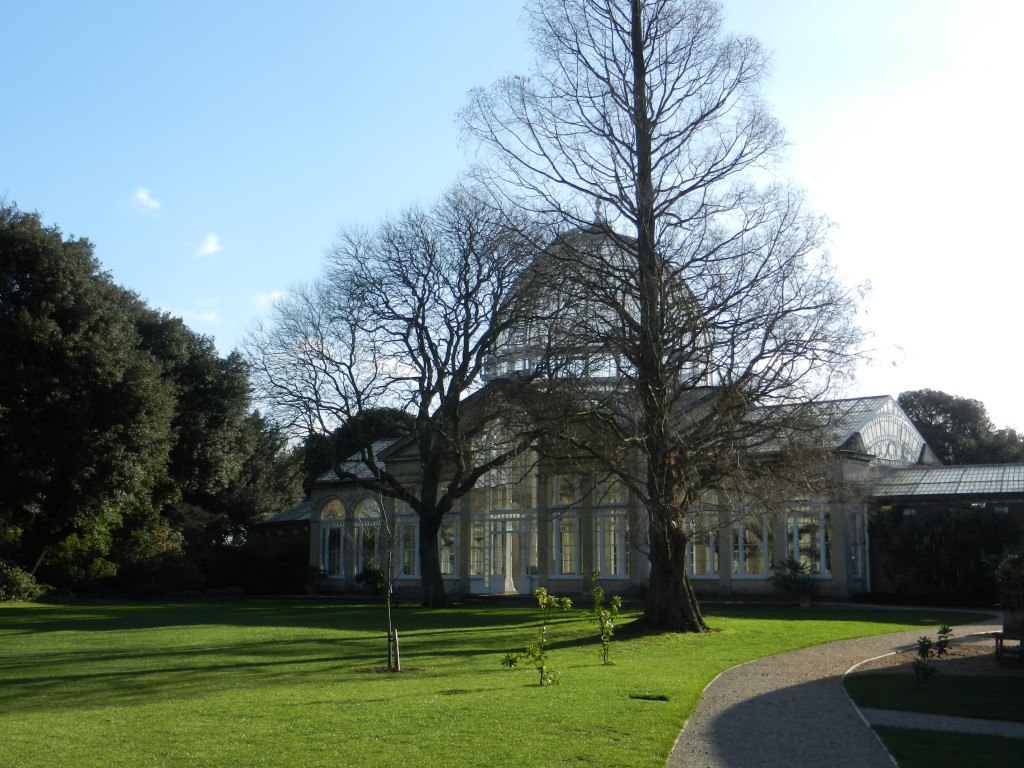This is were I live together with my British husband Michael in Brentford Dock, Middlesex. We have lived here since 2002 but have recently started planning our move to Oslo, Norway. The dock is opposite Kew Gardens, London’s botanical Gardens, and next to Syon Park into which we have our own gate.
Brentford Dock Marina is situated on the tidal River Thames at the mouth of the Grand Union Canal, between Kew Bridge and Isleworth, in the southern part of Brentford, Middlesex.
It is said that it is where the Brent joined the Thames that the armies of Julius Caesar and other invaders crossed the Thames in 54 BC. In 1016 there was the Battle of Brentford between the invading Canute and Edmund Ironside.
“Brentford Dock began construction in 1855 to a plan by Brunel as a freight link between river-borne traffic and the Great Western Railway’s (GWR) rail network to the West Country and other parts of the United Kingdom. It was opened in 1859. It is interesting to note also that whilst under construction, stone, bronze and iron weapons along with roman coins were discovered in the dock basin, giving an indication as to how long there had been settlements in the area.” Continues on www.brentforddockresidents.co.uk/history.php
Syon House and its surrounding Park (200 acre), including the Great Conservatory (pictured above), is owned by the 12th Duke of Northumberland and is his family’s London residence as well as being a major visiting attraction often used for lavish entertainment.
The Great Conservatory in the gardens, designed by Charles Fowler in 1828 and completed in 1830, was the first conservatory to be built from metal and glass on a large scale. It is a landmark that is easily visible from air when flying into Heathrow, which fly path cross the area.
Syon House derives it name from Syon Abbey a medieval monastery founded in 1415. In 1539, the abbey was closed by royal agents. After the closure of the abbey, Syon become property of the Crown for a short time before coming into the possession of the 1st Duke of Somerset. He then had Syon built in the Italian Renaissance style before his death in 1552. In 1557 was meant to return to it’s original purpose of an abbey but this idea was short lived. Syon then was acquired by Henry Percy, 9th Earl of Northumberland, in 1594 and has remained in his family ever since. It opened to the public in 1951 for the first time under the 10th Duke and Duchess. For more details and how to find it, see www.syonpark.co.uk



